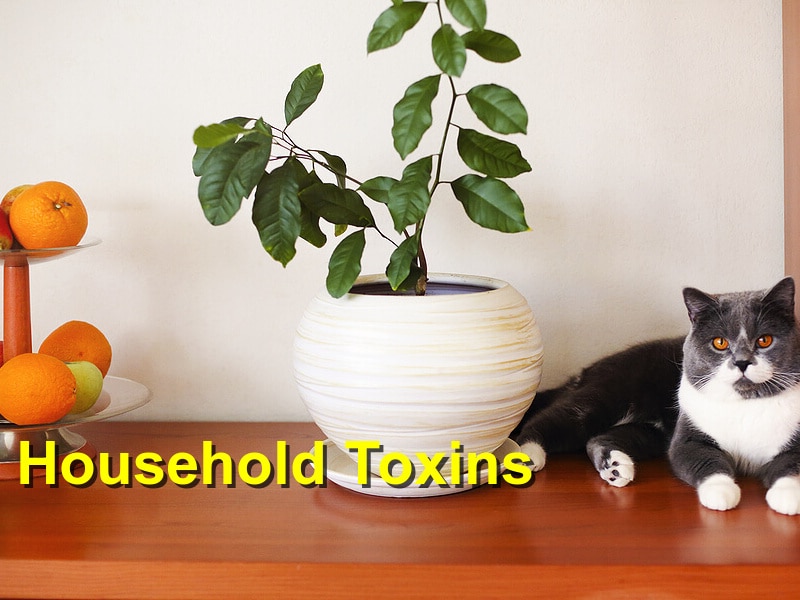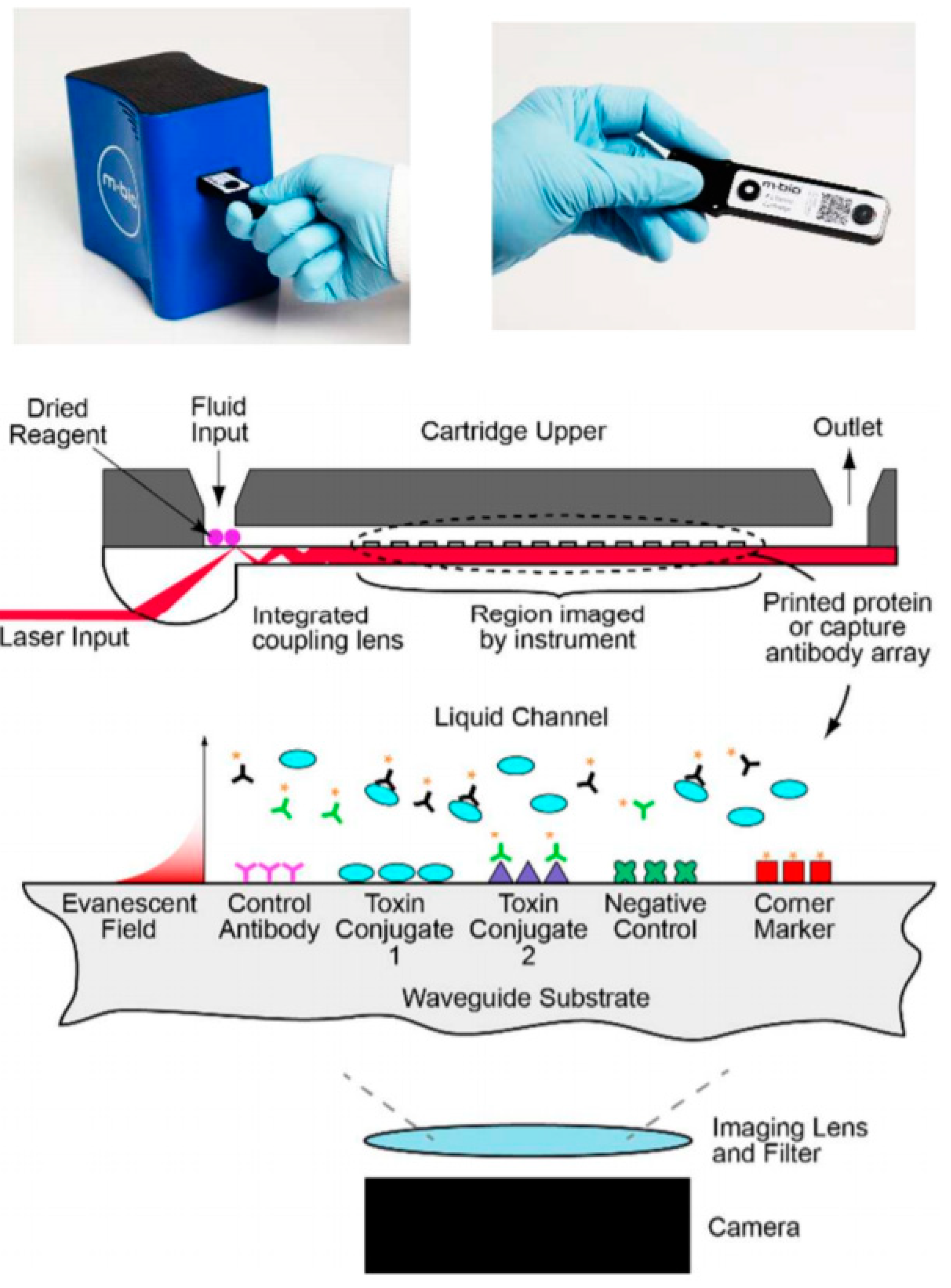

Human experience as well as studies in experimental animals with the potent estrogen diethylstilbestrol provide informative models. Signaling, required for symbiosis between plants and bacteria, may be viewed, therefore, as an early example of hormone cross-talk.ĭevelopmental feminization at the structural or functional level is an emerging theme in species exposed, during embryonic or fetal life, to estrogenic compounds. The term “estrogen” must be defined in each case, since steroidal estrogens differ among themselves and from synthetic or plant-derived chemicals.Īn “estrogen-like function” seems to be an evolutionarily ancient signal that has been retained in a number of chemicals, some of which are vertebrate hormones. Environmentally estrogenized phenotypes may differ depending upon the time of exposure- i.e., whether the exposure occurred at a developmental (organizational and irreversible) or postdevelopmental (activational and reversible) stage. Three nuclear estrogen receptor forms-α, β, and γ-as well as multiple membrane forms and a possible mitochondrial form have been reported, suggesting a previously unknown diversity of signaling pathways available to estrogenic chemicals.Įxamples of environmental or ambient estrogenization occur in laboratory experiments, zoo animals, domestic animals, wildlife, and humans. Therefore, receptor-based or functional assays have the best chance of detecting putative biological activity of environmental chemicals. These chemicals function as estrogens, antiestrogens, and antiandrogens but have few, if any, structural similarities. They include ubiquitous and persistent organochlorines, as well as plasticizers, pharmaceuticals, and natural hormones.

Laboratories working in this emerging field-environmental endocrine research-have looked at chemicals that mimic or block endogenous vertebrate steroid hormones by interacting with the hormone’s receptor.Įnvironmental chemicals known to do this do so most often with receptors derived from the steroid/thyroid/retinoid gene family.


The term “endocrine disrupting chemicals” is commonly used to describe environmental agents that alter the endocrine system.


 0 kommentar(er)
0 kommentar(er)
